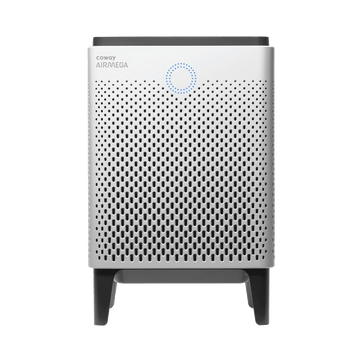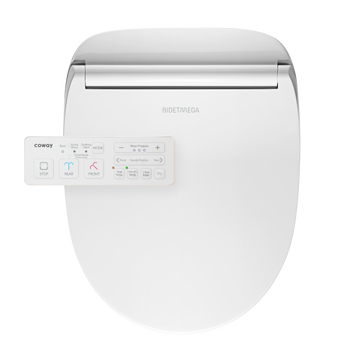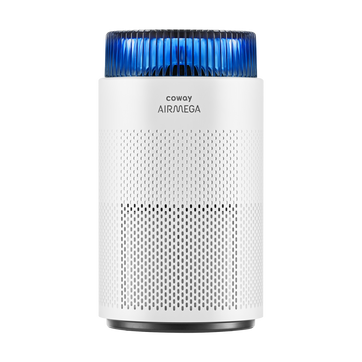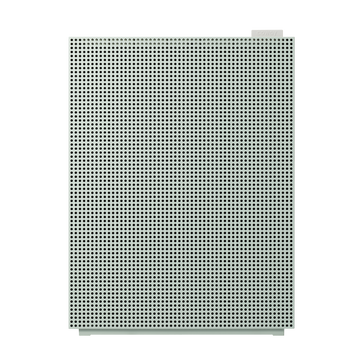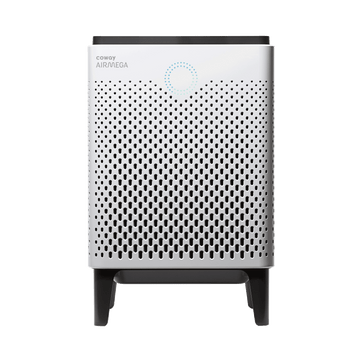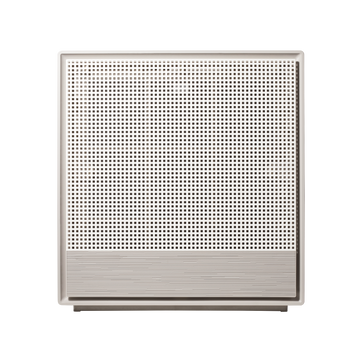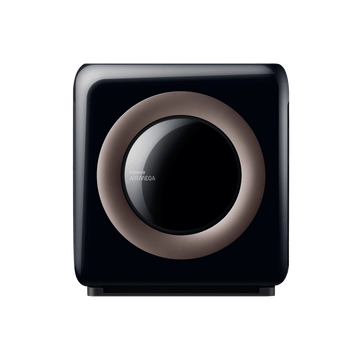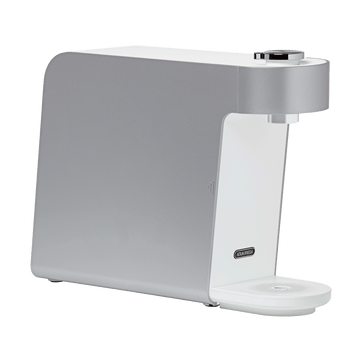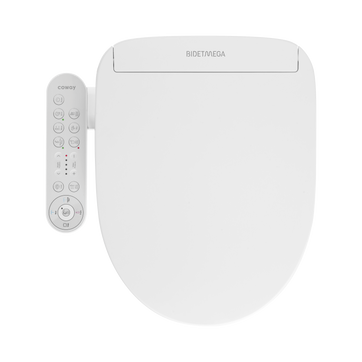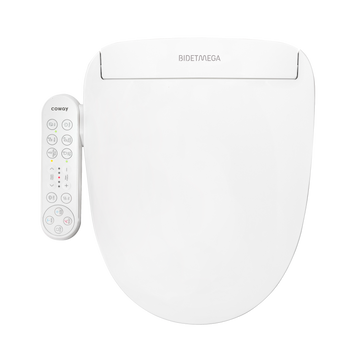
What does a water quality specialist do?
The Coway Aquamega 100 triple-filter system carries a Gold Seal Certification from the Water Quality Association. The WQA, a trade association, counts water quality specialists from across the United States among their membership of over 2,500 people. With so many specialists in the group, what exactly does someone with this job title do? And how does one become a water quality specialist?
Wanted: a love of science
For a career in water quality, it’s necessary to have a curiosity for science. Specialists tend to choose one of two directions in the field: they can study raw water (naturally occurring source water like rivers and lakes) or they can work with man-made aspects of drinking water, like the treatment process. Jobs in water treatment require a strong understanding of chemistry, as workers continually test the water’s composition. Like their colleagues in water treatment, specialists in source water will test water frequently, but they’ll also think broadly about the ecosystem and its effects on the water.
Responsibilities of a water quality specialist
In addition to sampling water to register its contents, water quality specialists study the flow of water, both above and underground. Further, they play a critical role in assessing the impact of a wide range of environmental events, such as flooding or fertilizer runoff, on area water. Looking to the future, the College of Science at Purdue University states that three water quality issues are gaining in importance: pollution prevention, ecosystem protection and sustainable development.
The path to the profession
Purdue University names several undergraduate majors that are a great starting point: biology, chemistry, engineering and ecology, to name a few. They also encourage young professionals to think about internships with a local public water utility or an engineering firm that handles water infrastructure. As of 2015, the median salary in the profession was $67,460.
Water quality is a complex field with virtually unlimited possibilities, all in the name of ensuring safe drinking water for everyone. The specialists at the WQA have certified the Coway Aquamega 100 for its ability to reduce drinking water contaminants by up to 99.9%. The water purification system provides clean, crisp water from the kitchen tap every day.
Disclaimers
1Coway air purifiers have been proven to trap dust, pollen, dander, viruses and bacteria in the air based on KCL (Korea Conformity Laboratories) testing.They have been tested in a 30㎥ size chamber according to the Korea Air Cleaning Association standard (SPS-KACA 002-132:2022 Modified) to measure the 0.01㎛ size of particle removal rate. It was tested on maximum airflow speed in normal room temperature and humidity conditions. The performance may vary in the actual living environment of customers.
→ Tested with Airmega Aim, 100, 150, 160, AP-1216L, AP-1512HH, AP-1512HHS, 200M, Icon, IconS, 230, 240, 250, 250 Art, 250S, 300, 300S, 400, 400S, ProX
299.97% of viruses, bacteria, fungi and pollen were verified to be removed from the air for Coway air purifiers which have Green True HEPA™ filter applied based on the Japan Food Research Laboratories(JFRL) testing according to JEM 1467 standard.
→ Tested with Coway Airmega AP-1512HH, AP-1512HHS, 250, 250 Art, 250S, 300, 300S, 400, 400S
→ All tested by JFRL and received above result within below time.
All tested by JFRL and received above result within below time.
- Virus: Tested with Escherichia coli phage ΦX174 NBRC 103405, 60 minutes
- Bacteria: Tested with Staphylococcus epidermidis NBRC 12993, 60 minutes
- Fungi/Mold: Tested with Penicillium citrinum NBRC 6352, 60 minutes
- Pollen: Tested with Cedar Pollen extract, 60 minutes
3Aerosol test conducted in a Biosafety level 3 laboratory with two Coway air purifier models, Coway Airmega 250 and 400 for removal of SARS-CoV-2 Aerosol by US based MRI Global, a not-for-profit laboratory and partner of US Department of Defense. The test was conducted in a 13.1ft3 chamber. Virus was aerosolized for 15 minutes and the product was turned on high for 2 minutes. Result showed each product effectively removed over 99.98% of the SARS-CoV-2 in 2 minutes. This is a result from a laboratory experiment condition and result may vary in different conditions. This result does not imply it kills SARS-CoV-2 or prevents the transmission of Covid-19. Coway Airmega 250S and 400S are identical to the tested models and has equal performance with an additional mobile connectivity function.
4The concentration of ammonia, acetaldehyde and acetic acid were proven to be removed within 30 minutes by FCG Research Institute, Inc. Human Life Science Lab. It is not a demonstration result in the actual use space. Not all odors and gases may be supported. → Tested with Coway Airmega 150, 160, AP-1512HH, AP-1512HHS, 400, 400S
5The coverage area of the air purifier is based on an area where the air cleaner can make two air changes per hour (ACPH). An air change per hour translates to how many times an air purifier can clean an area, assuming the height of a ceiling to be 8 ft, in one hour. Therefore ** means two air changes per hour means that the cleaner can clean the area once every 30 minutes and * means air changes per hour means that the air purifier can clean the area once every 60 minutes.
10Terms and conditions apply. Discounts, including promotions, coupons, bundle discount and subscription discount, cannot be stacked on top of other coupons. During promotional periods, discount codes will not be able to be applied to orders. Promo codes may apply to products only—filters, accessories, and new products within 3 months of the release date are not included.

